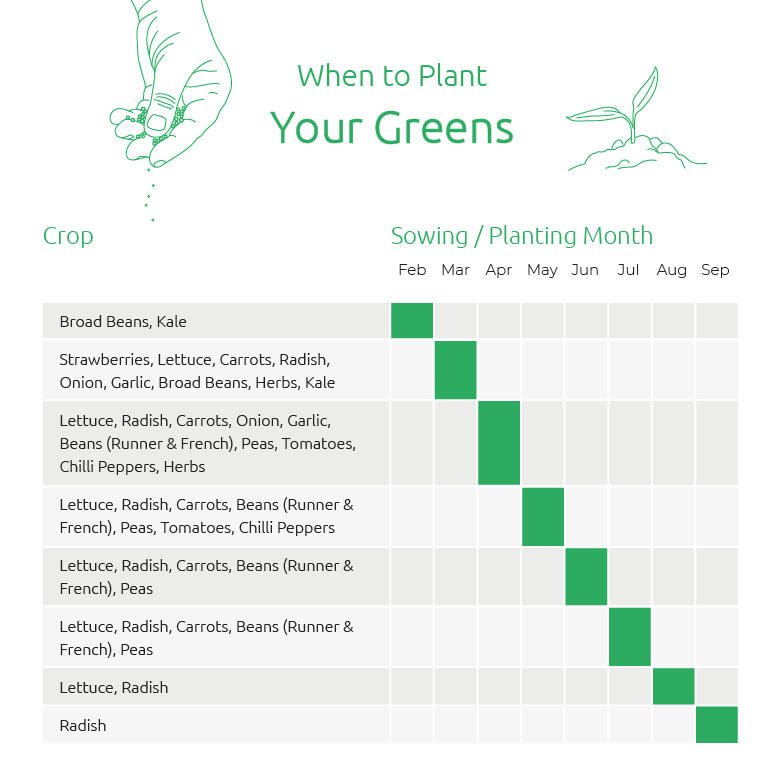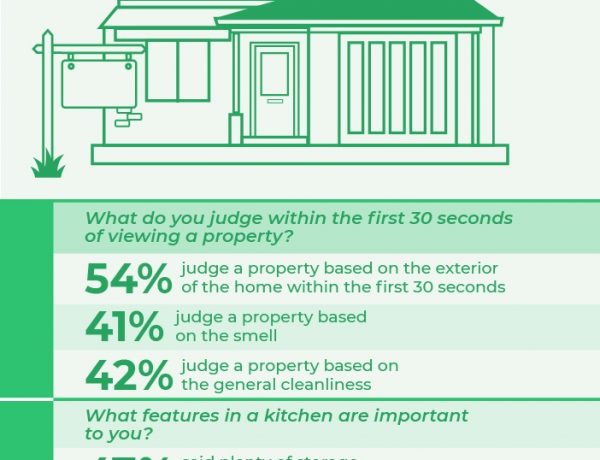When you have your own kitchen, you have complete freedom to choose exactly what you cook and eat, whether you’re a microwave master or use all the kitchen appliances at your disposal.
But do you know what makes homecooked meals even better? Using vegetables you’ve grown yourself in your recipes!
Of course, if you’ve never grown your own veg before, it can be pretty intimidating to know where to start. Which veg grows best in small gardens? What are the right seasons to grow certain produce in? Can you grow veg inside?
To help wrap your head around the refined art of home-farming, the Wren Kitchens team set themselves the task of finding out which vegetables grow best in which seasons to help you get started.
And as an added bonus, we’ve pulled together some of our favourite vegetable recipes that you can create at home with what you’ve grown!
What are the best vegetables to grow in your home?
You might not think it, but there are a variety of vegetables that are well suited to growing inside.
Any type of leafy greens will have no problem in an indoor environment; lettuce is very easy to grow in general and kale is adapted to grow in cooler temperatures.
Other vegetables you might want to consider include radishes, which enjoy cool temperatures and, while require full sunlight, mature quickly and hold well. Just make sure you use well-draining soil!
Carrots are also easy to maintain indoors; you just need to ensure you have a deep planter, as they need at least 6” to grow. They also need direct light and air movement for optimal results. This is also the same with tomatoes, which need at least 14” in diameter for their pots.
Onions and garlic might smell, but due to how pungent these plants are, they actually help in detracting pests from other crops, so simply planting them with other vegetables in a soil-based bed will ward off the bugs for you.
Meanwhile, herbs encompass everything from basil to thyme and are simple to grow and maintain, making them among the easiest plants to grow indoors. And if you want some spice, chilli peppers are just as easy to grow.
You could also try your hand at growing beans and peas; as they often grow on vines, you can actually conserve space. But if you opt for a bush variety, you’ll need to occasionally and gently shake the plants to stimulate pollination!
Lastly, for anyone with a healthy sweet tooth, a window box of strawberries looks good and tastes great. They need 6 hours of sunlight a day, though, and their soil needs to constantly be moist to produce good fruit.
When should you start planting homegrown vegetables?
First things first, when it comes to growing your own veg, you need to know the best time to start planting your chosen crop.
Growing your own vegetables can be a slow process, but an incredibly rewarding one, so, get your trowel ready and set up your balcony, windowsill, or greenhouse. The following table has everything you need to know about when to plant which crop:
Once you’ve planted your vegetables of choice, all that’s left to do is sit back, relax, and watch them grow. Oh, and water them of course!
Different vegetables grow at different rates, and, if you’re no plant expert, it can be confusing as to when they’re ripe for harvest. Fortunately, here’s a handy table to hint at when you should harvest your chosen crop:
As you can see, certain vegetables ripen and mature over different months. Just keep an eye on your veg, though, because, depending on how yours grow, you might need to harvest them slightly earlier or later.
If you’re unsure if they’re ready to harvest, it’s always a good idea to check online for clues to their ripeness.
General tips for growing vegetables
It’s all well and good knowing the basics of growing your own veg, but we wouldn’t be much help if we didn’t share some vital tips and tricks to bring your crop to its full potential.
Water
Right off the bat, watering is the most crucial step in looking after your plant. Not enough and it’ll dry out, but too much and you’ll drown it. You want to make sure your plant’s soil is soaked but not drenched.
The best way to see if your plant needs watering is to test the soil by poking your finger 1-2 inches into it. If it feels dry, then you’ll need to water your plant. Obviously, if the soil looks dry in general, that’s also a good indicator that it needs watering.
Soil
If you’re able to plant veg in your garden, then you don’t need to worry too much about what type of soil you use. But, if you want to grow vegetables in pots, a special kind of soil is required.
Ordinary garden soil simply won’t work, it’ll get too compact and limit oxygen flow. Instead, you should get your hands on some well-draining potting soil from your local garden centre.
This soil is lighter and fluffier, preventing root rot and ensuring a good amount of oxygen can circulate. This kind of soil is also normally a bit more sterile, so you don’t have to worry about bringing pests or diseases inside.
Food
Another crucial tip is to ensure your plant is well fed. And by fed, we mean making sure it receives all the vital nutrition it needs to grow.
A water-soluble fertiliser can be added when you water your plant, and is the easiest method of giving your plant the nutrients it needs. It’s also worth noting whether the soil you’re using has fertiliser added, because, if it does, you won’t need to feed it as regularly.
Environment
With food, water, and soil sorted, you can leave your plants and they’ll grow just fine. But if you want to help them along just that little bit more, then setting up an accommodating environment is a must.
Out of the three environmental factors you want to consider, sunlight is definitely the most important, given that’s what they need to grow. Most fruiting or flowering plants need 6-8 hours of sunshine per day to grow properly, though this changes depending on the plant.
If your house or apartment doesn’t get that much sunlight, it’s worth considering plants that require a lower level. Plants such as salad greens and herbs are a good option. Alternatively, you can invest in a grow light to provide your crops with more sunlight.
Humidity is the next important factor you’ll want to consider, especially if you’re growing your plants on a windowsill or have the heating on close by. This will dry the air out, meaning they’ll need more water.
A great solution to this is giving them a little spritz or placing them in a tray of water. That way, they’ll stay nice and damp.
Lastly, if you’re growing plants outside or on a balcony, you might want to account for wind. Strong gusts can damage or break plants, so if you can, it’s always worth setting up some windbreaks to help them.
Dealing with pests
No matter how well you take care of your plants on a growing level, one thing that could be unavoidable are pests and even diseases.
Always inspect your plants on a regular basis. If you do spot signs of pests or diseases, such as discolouring, holes in leaves, or even webbing around your plant, then immediately move your plant away from any others to ensure the disease or pest doesn’t spread.
After this, you can then begin treating the plant. Neem oil prevents insects from laying eggs, or you can try out different organic pest sprays that are sprayed over the leaves of your garden to kill insects.
Other ways to prevent pests include only using sanitised pots, removing dead leaves, maintaining proper growing conditions at all times, including sufficient airflow, and regularly monitoring your plants for any changes and signs of pest infestation.






No Comments